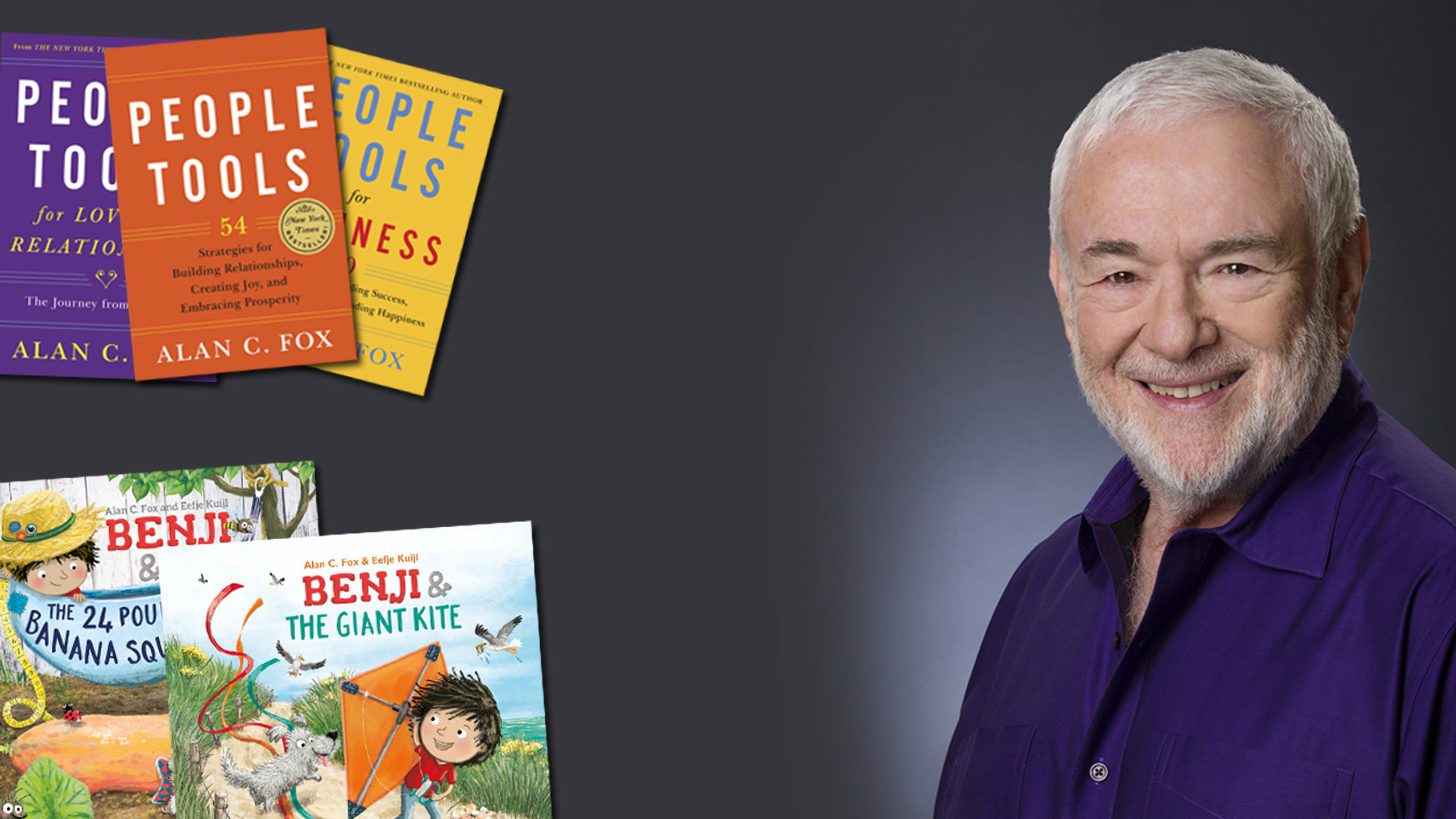
As we head into the summer season of weddings, I have four wishes for all ye who enter there. No, it’s not to abandon hope, the subject of my blog last week, but to have hope tempered by reality. Place on her finger a diamond with the proper Cut, Color, Clarity, and Carat weight, and then bestow upon each other, and receive from each other, the singular wedding gifts of Clarity, Consideration, Consistency, and Completeness.
First, I wish you Clarity. I know you are planning to marry a perfect person who will eagerly satisfy your every whim, even before you know you have it. He will bring you flowers every morning of your life. She will center her life around every one of your needs for comfort and support. You both will feel the same overflowing generosity of spirit that has seized your heart and stalked your mind for so many months or years now. The best is yet come, nurtured this wedding day out of your mutual pledge, your kiss, and your mingled tears. Yet after the pledge, the kiss, the tears, the free flowing champagne, I wish you the clarity of eye, ear, and heart to know your beloved’s pain as well as his pleasure, her hard edges as well as her soft curves, to embrace your own fears and hesitations which are always present but often hidden.
Second, I wish you Consideration. I have lived enough days to know that each is fresh, holding infinite promise, and unlimited possibilities. Yet each day is different from any other. What can be,  and I hope for you is unchanging, is the consideration you have for each other. I wish for you a certainty that, whatever comes, whether hurt or happiness, help or hunger, you will retain a deep understanding and appreciation for the gift you have been given; the opportunity to share life’s most intimate journey.
and I hope for you is unchanging, is the consideration you have for each other. I wish for you a certainty that, whatever comes, whether hurt or happiness, help or hunger, you will retain a deep understanding and appreciation for the gift you have been given; the opportunity to share life’s most intimate journey.
Several days ago I enjoyed dinner with a couple who had been married for many years.
“Every day of our marriage,” she said, “the moment he wakes up, he whispers into my ear, ‘I love you.’” She smiled at him.
“Every day of our marriage,” he said, “from the moment I wake up to the moment we cuddle to sleep at night she has gentled me with her smile.” They smiled at one another, and I felt almost embarrassed to be in the presence of such profound kindness.
Next I wish you consistency, the safety of knowing you can count on someone being there for you day in and day out.
Finally, I wish you completeness. Not the completeness of the other filling in your holes, but the completeness of sharing all of who you are and accepting all of who she is, whether her vanity or valor, your fulfillment or your fear, his weakness or his strength. It makes no difference what is shared, only that it is. This is the gift, the diamond, I wish for you.
Alan

 This is the inscription over the gate to Hell in Dante’s Divine Comedy. Until recently, I’ve found these words chilling. After all, it’s a greeting at the entrance to Hell, which is supposed to be a pretty nasty place, and who would want to live, or die, with no hope?
This is the inscription over the gate to Hell in Dante’s Divine Comedy. Until recently, I’ve found these words chilling. After all, it’s a greeting at the entrance to Hell, which is supposed to be a pretty nasty place, and who would want to live, or die, with no hope? supervisor or earning more money. I felt disappointed for him.
supervisor or earning more money. I felt disappointed for him. I have learned a great deal in my life by listening to the suggestions and wisdom of others.
I have learned a great deal in my life by listening to the suggestions and wisdom of others. am in a dispute with someone. But in those four minutes I took my first giant step toward becoming a better, more forgiving person.
am in a dispute with someone. But in those four minutes I took my first giant step toward becoming a better, more forgiving person.